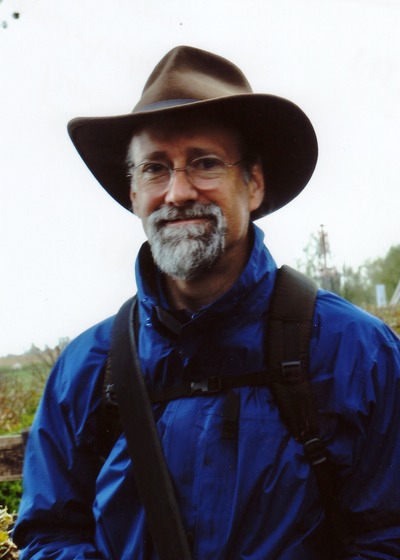Portrait Painting in Oil
Direct painting over a preliminary brush drawing on toned ground. A pragmatic introduction to Form Painting.
SCHEDULE:
A five-day workshop. Tony demonstrates drawing with a brush (day 1) and form painting (days 2-5) for 3 hours each morning. Students paint in the afternoon, during which time Tony works with students individually.
This workshop is for students wishing to study a uniquely beautiful portrait painting method. The primary focus will be on the practical process of form painting, and secondarily, on the order and nature of the form of the human body (in relation to the portrait) and the effect of the light.
FORM PAINTING:
Form painting is a 'direct', 'window shade' method of painting 'wet into wet', and 'into a dark base'. In form painting we mix individual colors with a brush on the palette, and apply them to the surface of the canvas, brush stroke by brush stroke, creating continuous, changing tonal progressions. These progressions mimic the changes of light and shade that we see on the model. Since the colors are applied directly, and opaquely, rather than being developed indirectly by the multiple transparent layers typical of glazing techniques, form painting is considered to be a 'direct' painting method.
This is not a 'slather paint everywhere quickly' approach. Instead, form painting is a 'window shade' technique. We paint one section at a time, finishing it completely, before we go to the next, adjacent section. The painting slowly reveals itself as if a window shade were being withdrawn to expose the scene hidden behind it. This approach necessitates careful control of value and color. It benefits from an accurate drawing.
We begin painting each section in the darker tonalities, at the 'bottom' of the tonal progression, and then proceed up into the light, for which reason this method is referred to as painting 'from dark to light'. Furthermore, we paint each section in two layers: an initial, somewhat generalized, and slightly darker layer, called the 'dark base', then, while the base is still wet, we brush in the 'lights'. Thus, we paint 'wet into wet' and 'into a dark base'.







